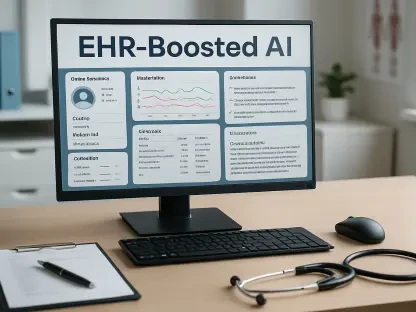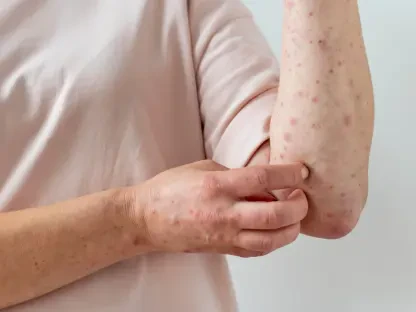The escalating cancer crisis in Nigeria presents a significant challenge, highlighted by a 20% surge in cancer incidence in sub-Saharan Africa since 1990. Despite technological advancements worldwide, Nigeria continues to face substantial obstacles in diagnosing and treating cancer effectively, with limited access to crucial diagnostic tools like immunohistochemistry (IHC). This situation has far-reaching implications for public health, demanding urgent action and strategic interventions.
Background and Context
Nigeria faces an alarming rise in cancer cases, with the sub-Saharan region experiencing a rapid increase in both incidence and mortality rates. Despite this growing burden, the healthcare infrastructure lacks adequate resources to keep pace. Delayed diagnoses, sometimes extending up to 108 months, underscore the need for improved diagnostic services. The lack of effective cancer diagnostic tools, such as IHC, causes delays and inaccuracies, worsening patient outcomes. Bridging these gaps is crucial not just for Nigeria but for the entire region to enhance public health resilience against cancer.
Research Methodology, Findings, and Implications
Methodology
Research into Nigeria’s current cancer diagnostic challenges employed comprehensive analysis methods, including comparative studies between experiences in Nigeria and other sub-Saharan countries. Data from local and international health journals, interviews with oncologists, and assessments of existing laboratory capabilities provided a framework for the findings. The methodology focused on understanding the extent of diagnostic delays and inaccuracies, as well as infrastructure and human resource constraints.
Findings
The investigation revealed several critical findings. Delays in cancer diagnosis often result in patients presenting with advanced-stage diseases, significantly affecting treatment outcomes. Diagnostic discordance, when comparing histopathological services in Nigeria to those in developed countries, was notable, resulting in suboptimal treatment plans and increased healthcare costs. Furthermore, gaps in public awareness and insufficient government investment contributed to the persistent state of crisis. The research highlighted the pressing need to align Nigeria’s healthcare capabilities with international standards to mitigate these challenges.
Implications
The implications of these findings are profound. Addressing diagnostic challenges is essential to enhance early detection, prevent disease progression, and reduce treatment costs. A failure to address these issues could exacerbate the public health crisis, increasing the burden on an already strained healthcare system. The findings underscore the necessity for government interventions, international collaborations, and public health strategies aimed at improving diagnostic services and fostering community awareness.
Reflection and Future Directions
Reflection
Reflecting on the research process, the focus on diagnostic infrastructure brought to light several obstacles. The limited availability of reliable laboratories and trained personnel emerged as key challenges. Efforts were made to validate data through cross-referencing with international studies to ensure accuracy. However, deeper exploration into the socio-economic factors contributing to healthcare inefficiencies could have added more depth to the findings.
Future Directions
Looking forward, several future directions stand out. Investing in training programs to enhance the skills of local healthcare personnel and increasing public awareness campaigns are vital. Further research should explore innovations in telemedicine and portable diagnostic technologies as potential solutions to overcoming infrastructure limitations. The need for strategic partnerships with international organizations to bolster resource allocation and technology transfer also presents a promising avenue for future efforts.
Conclusion
The research highlighted the daunting challenges Nigeria faces in cancer diagnostics, emphasizing the urgent need for systemic improvements in healthcare infrastructure. Through targeted investments, international cooperation, and strategic policy development, significant strides can be made toward overcoming these challenges. The vision for the future should prioritize comprehensive solutions that not only enhance diagnostic accuracy and reduce delays but also improve overall patient outcomes, thereby strengthening the country’s resilience against the cancer epidemic.









